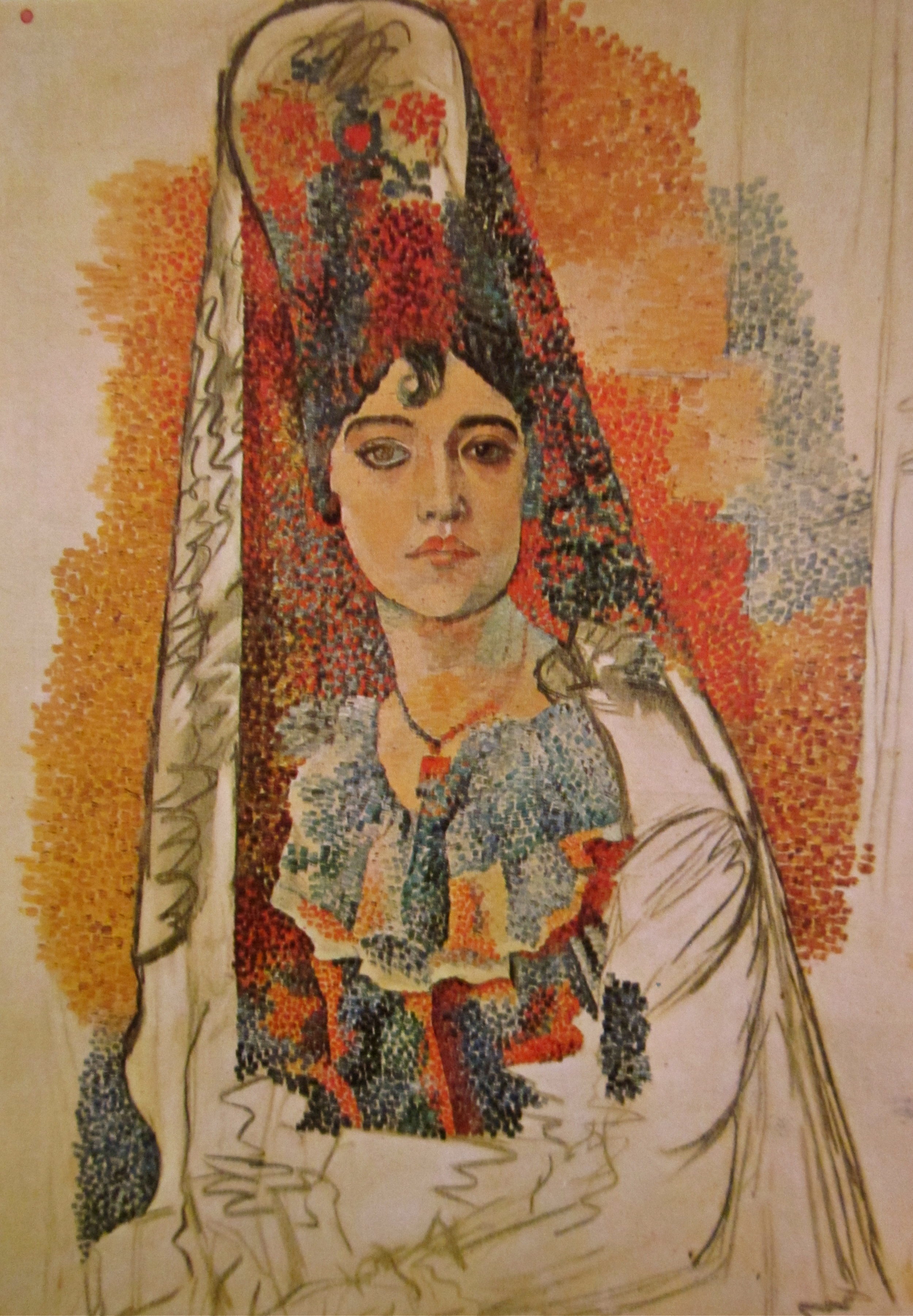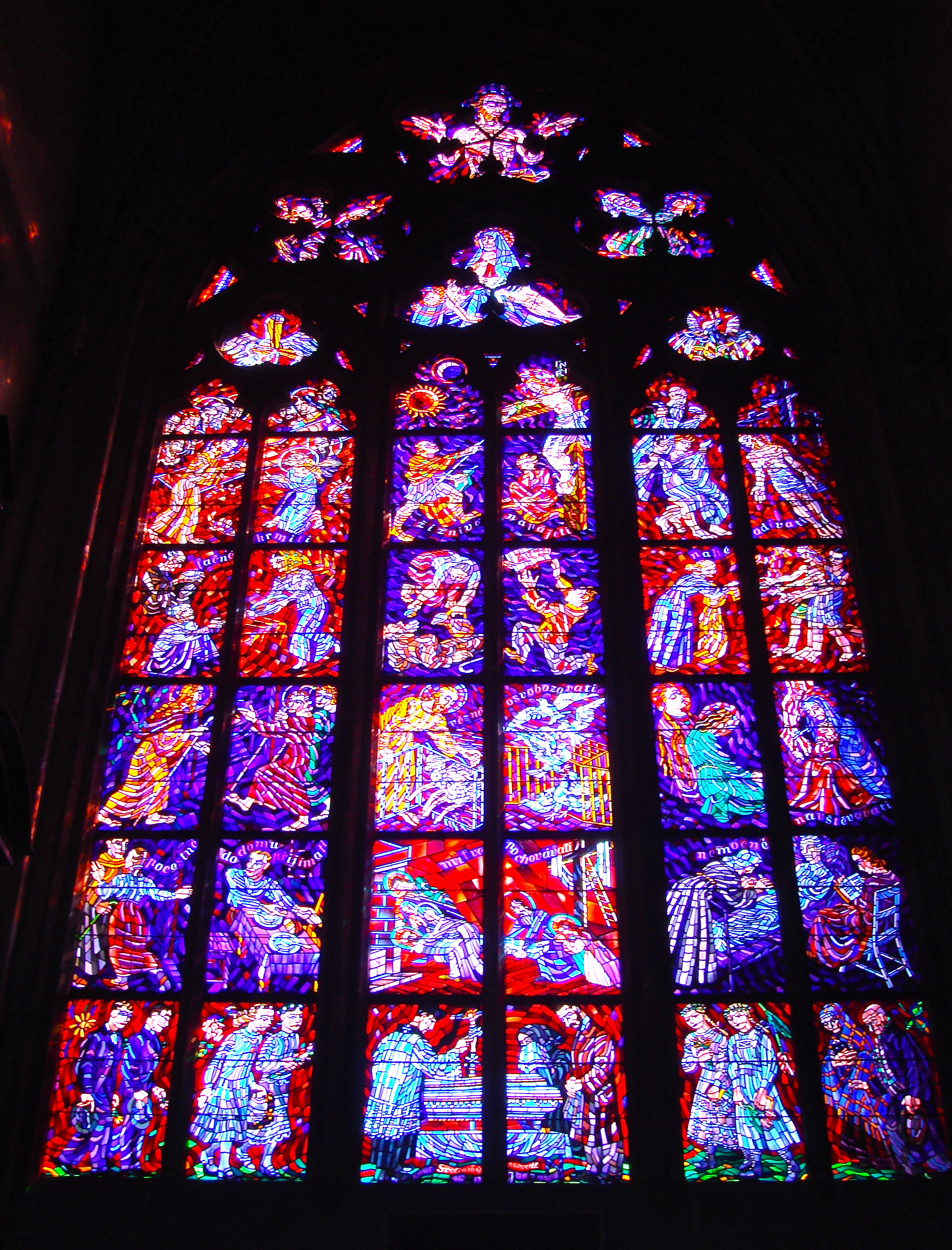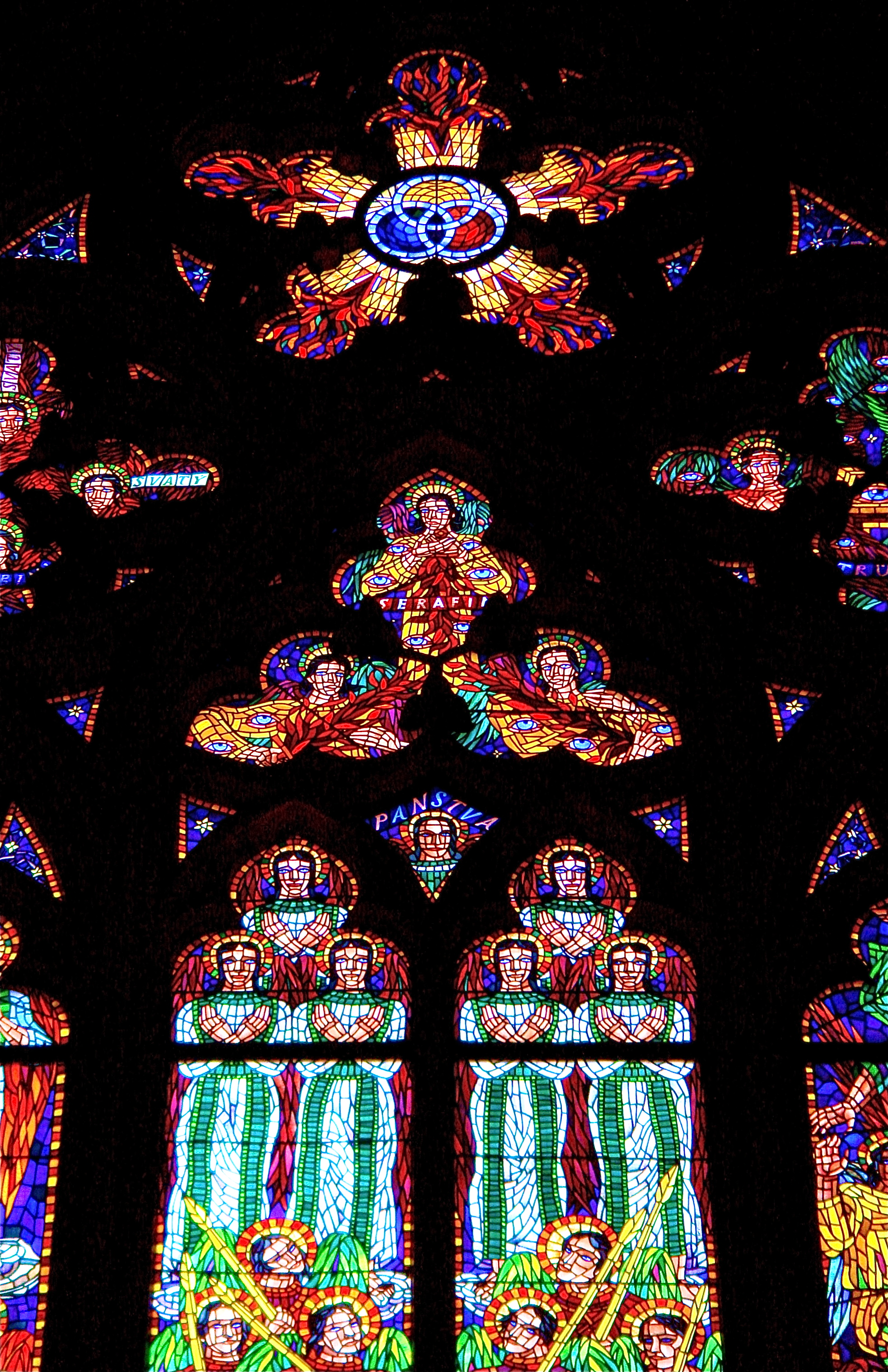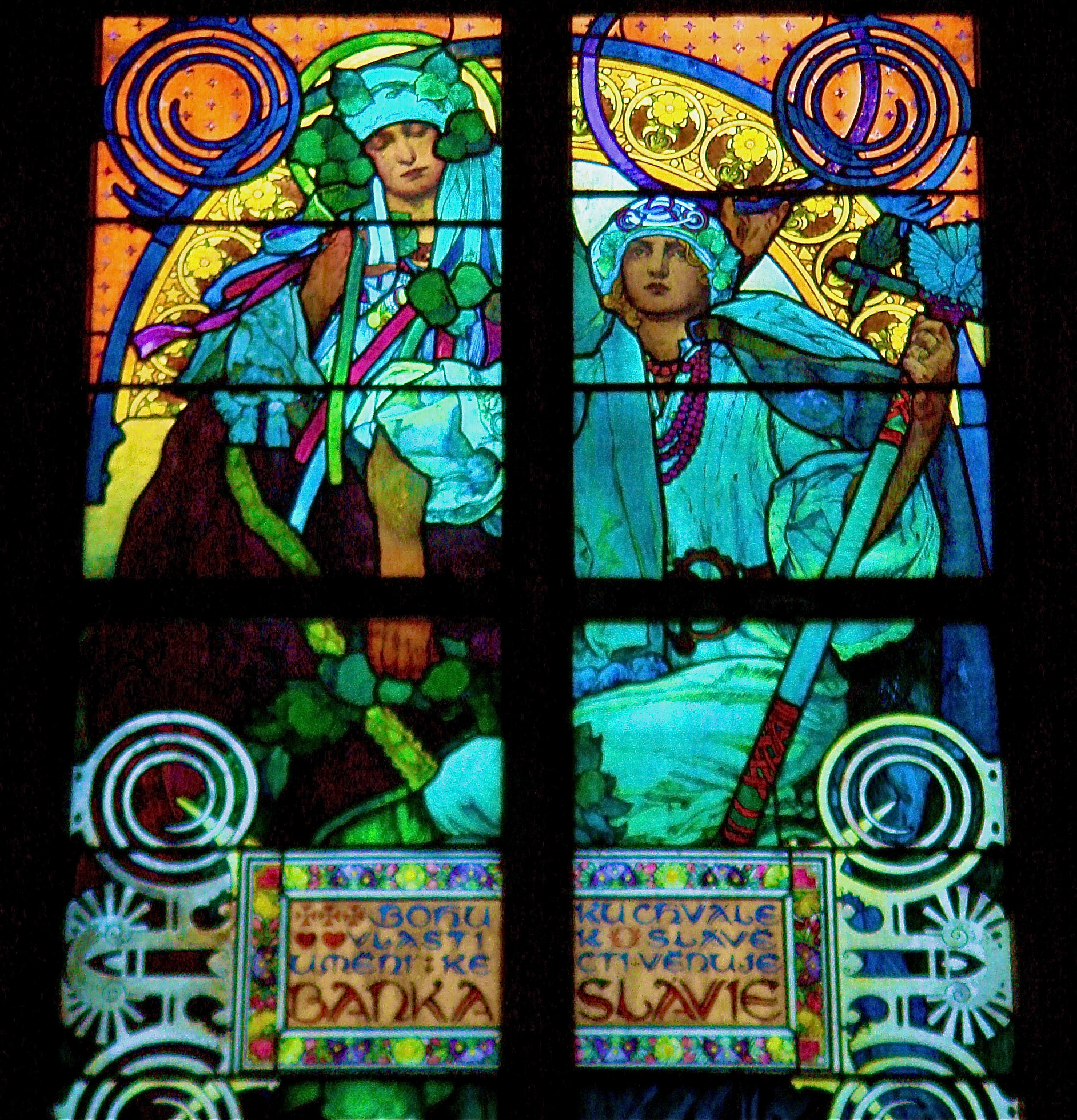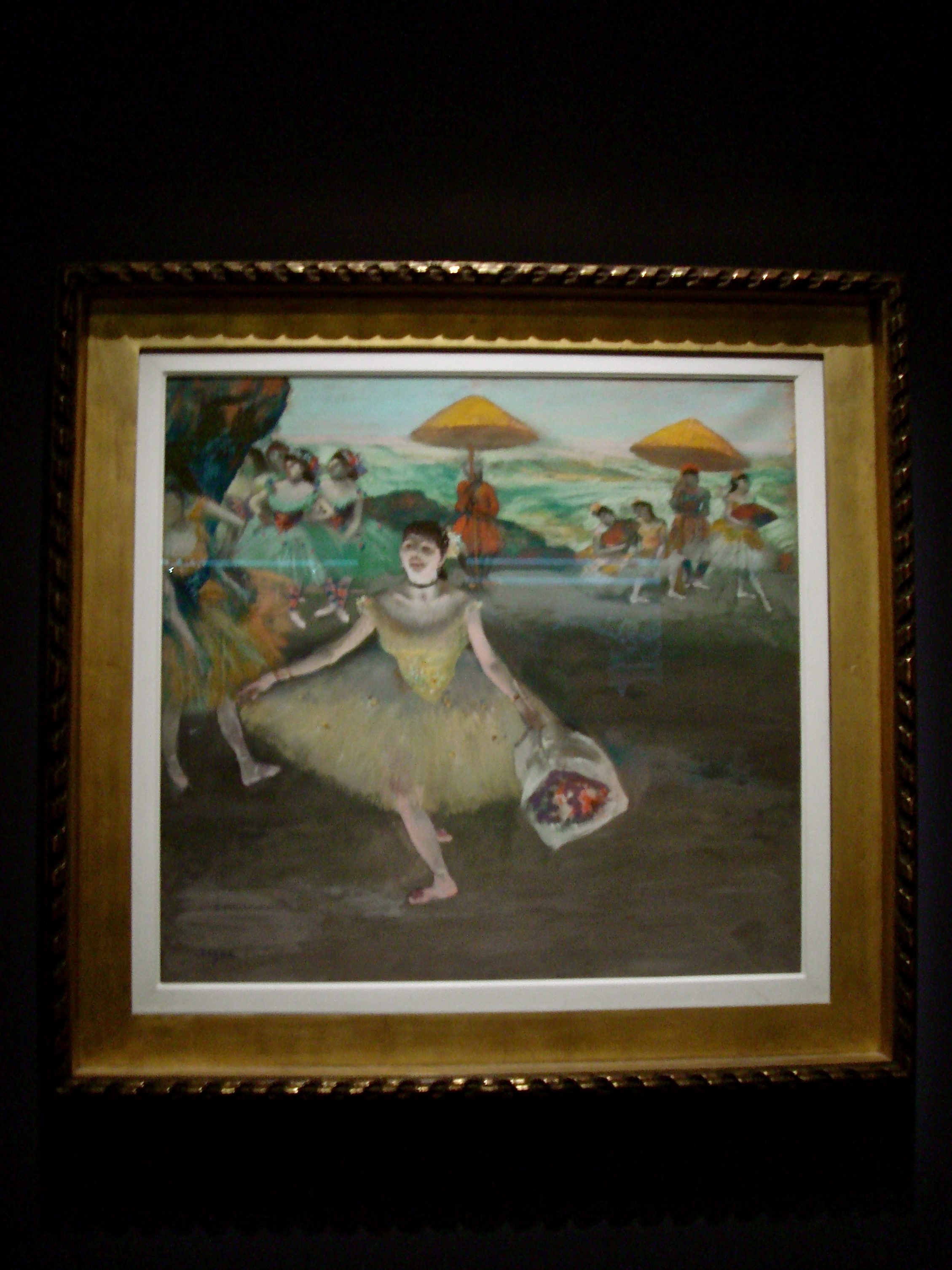Sometimes watching fellow visitors to a museum or gallery observe and react to the art is as much of an experience as observing the art yourself.
There are those that walk slowly from work to work, one hand behind their back, one on their chin, never pausing for longer than a few seconds.
Others insist on standing right in the middle of the work for minutes at a time, blocking the view for everyone else.
Couples often chat and point, commenting on the "vivid use of color" or "visible brushstrokes."
Then there are the people that make security guards nervous because they insist on leaning in so close that it looks like they are actually touching the work from a distance (these observers are often wearing thick academic looking glasses or artfully tied silk scarves).
We can’t forget the art students that tilt their heads to the side as they shuffle back and forth, trying to see the work from all angles as they fill page after page of their big black sketch books.
The rarest observers and my favorite to watch are the ones that are truly moved by what they are looking at.
The ones that gasp and inadvertently cover their mouth with their hand when they realize that they are face to face with a beloved painting, sculpture, or drawing that they had only ever seen in photos. Their faces literally glow and you can see a range of emotions pass through them while tears gather in the corners of their eyes, and they barely breathe.
After a few minutes, a goofy smile will cross their face and then suddenly self-conscious, they will glance around the room making sure no one saw their reaction, before moving on to the next piece.



















